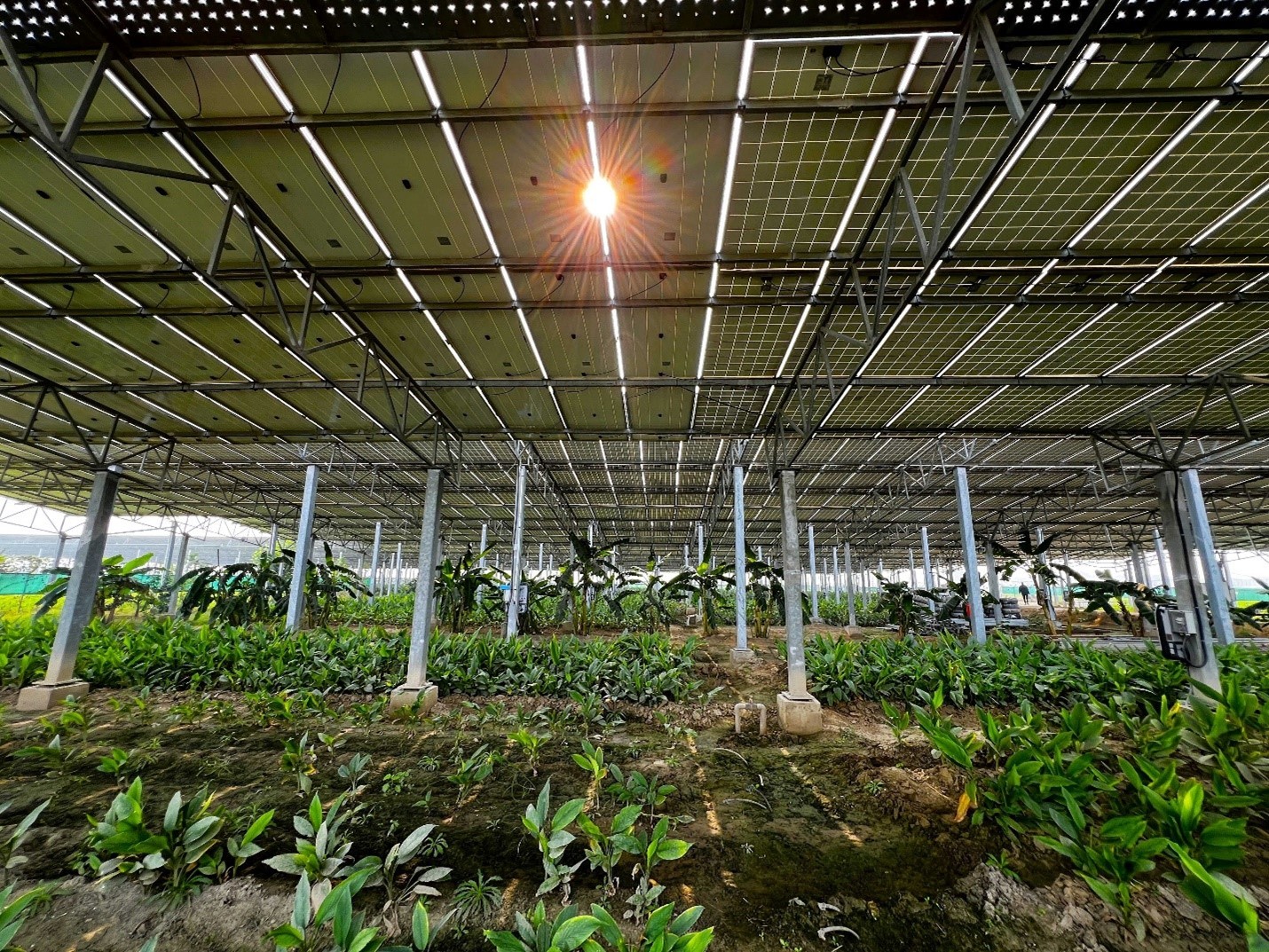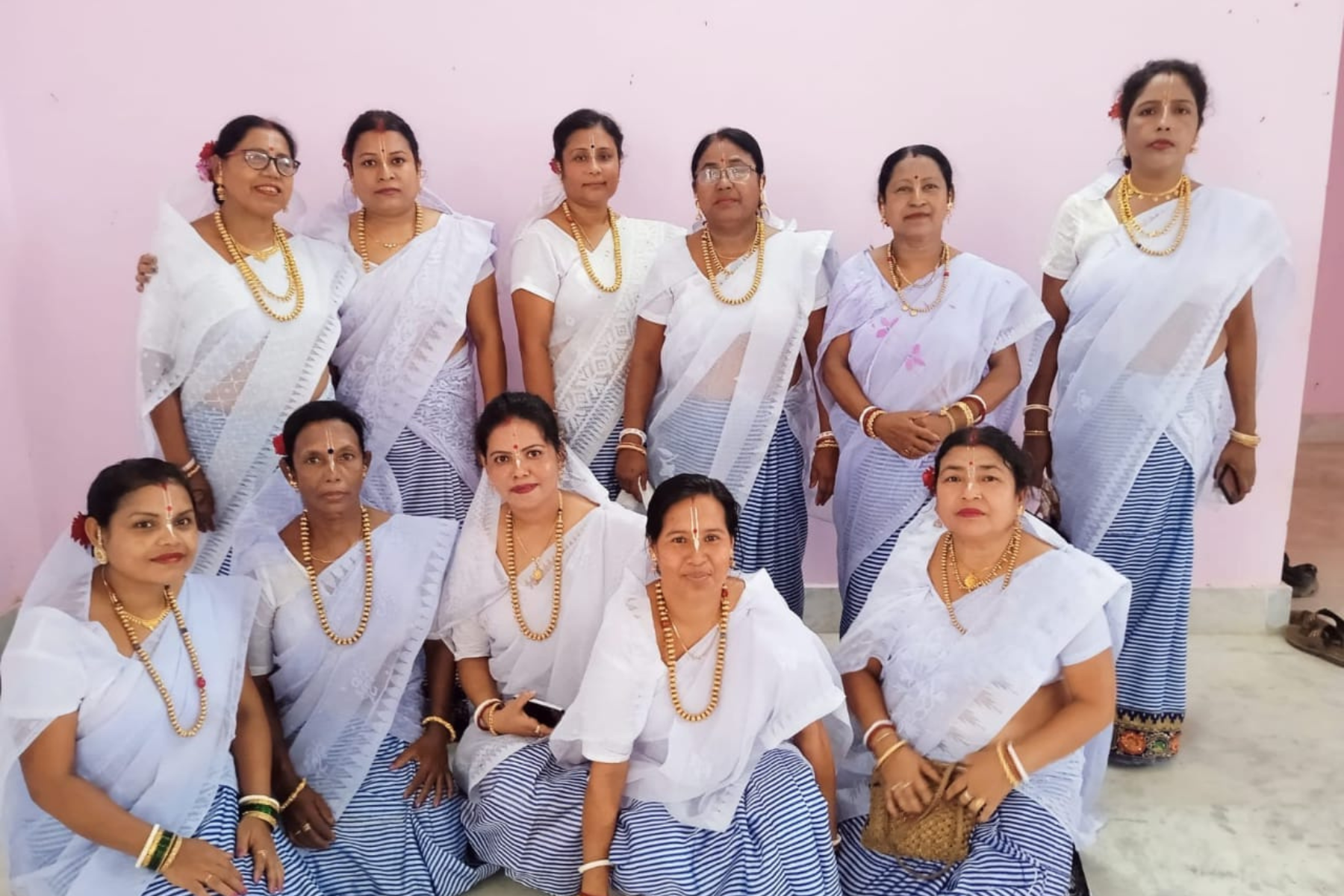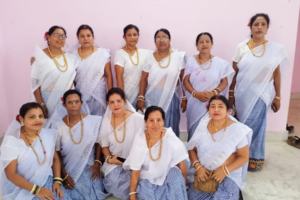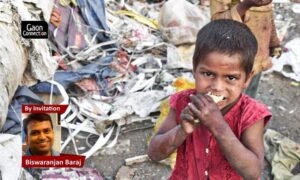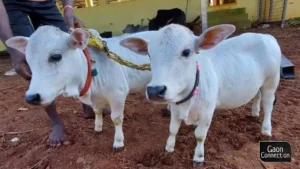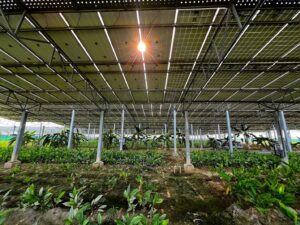The Union Budget 2021-22 was expected to come as a booster shot against the pandemic’s impact on India’s growth story. With serious implications on human development indicators, the pandemic put additional pressure on the poor and those at the margins of poverty lines – the vulnerable. With close to 85 million people in India expected to be pushed into poverty, the need of the hour was a renewed emphasis on social protection nets and a ‘budget for the poor’.
The pandemic tested the capacity of healthcare systems as well as economic systems, seeking a tradeoff between lives and livelihoods. A renewed focus on poverty reduction measures would have provided opportunities for economic growth in the medium term and also ensured well-being for an entire generation.
The Finance Minister Nirmala Sitharaman’s budget proposal speech reiterated the steps taken earlier through the Pradhan Mantri Garib Kalyan Yojana, such as providing free grain, cooking gas and cash transfers. While these were important steps, in order to arrest an erosion of gains from decades worth of poverty alleviation programmes, and avoid the vulnerable to fall further into poverty traps, more could’ve been considered.
Enlisting Employment
Social safety nets like employment generation schemes help directly address vulnerability. One example is MGNREGA, which has helped ebb the pandemic’s economic impact to a great extent, despite being faced with implementation issues like timely wage payments. The government’s allocation to budget 2021 is at Rs 73,000 crores. It is nearly 34 per cent less than the actual expenditure towards the scheme, of Rs 110,000 lakh crores.
Also Read: Budget 2021: Despite growing demand for work, MGNREGA funds slashed by Rs 385 billion
The pandemic and its response have driven straight at the heart of household savings of the poor, driving down consumption. An effect we see across the economy. Historically, cash-in-hand through employment generation have shown significant positive results in raising income, and positive spillovers in the form of health benefits or provide protection against child labour.
With women finding it harder to regain employment post-pandemic than men, such schemes could’ve gone a long way to address this imbalance. To spur growth, economists like Jean Dréze, instrumental in designing the MGNREGA, also proposed a similar programme for urban areas, titularly called DUET, which can generate employment by giving a platform to ‘approved’ employers.
Implementing the Right to Food
An important dimension of poverty is its impact on anyone’s ability to access food and nutrition. During the pandemic’s peak, the government dipped into its well-stocked warehouses virtue of a bumper harvest. It released additional grains for Public Distribution System (PDS) beneficiaries and migrants along with paying the Food Corporations of India’s loans to foot the food subsidy bill.
In the Union Budget 2021, the food subsidy bill has been set at Rs 243,000 crores.
However, steps like providing free grain and ration for the vulnerable and poor, should have been continued and doubled, as the pandemic’s effects continue to gestate and linger. Many more people would’ve been pushed down poverty lines.
If timely access to food and nutrition can be ensured, through the expansion of the PDS, enlisting new beneficiaries and through central fund assistance it could’ve substantially helped reduce the pressure off the vulnerable. A refocus on bolstering existing food schemes under the National Food Security Guarantee Act and providing nutrition to children through schools and anganwadis, could be critical in the long run.
Labour Laws and Informality
The Budget 2021 reiterated the intention to support minimum wages and insurance for all workers including ‘migrant workers and gig workers’. However, a large portion of workers, as high as more than 80 per cent remain employed informally. Such groups of workers continue to face economic uncertainty with many salaried workers having to shift to informal work. Given the slowdown in growth, wage rates may not witness much rise, implying lower purchasing power and household budgets stretched thin.
The Indian government in 2019 floated the idea of bringing in extensive labour reforms including specifying higher minimum wage. Despite which, when the pandemic arrived several states suspended labour rights altogether. This was a travesty which provided little to no protection of income or well-being, along with consequences on the efficiency of labour markets.
Moving towards strong, equitable labour laws and a corrected wage rate, may be the few ways to ensure protection of workers, informality, avoid erosion of skills and maintain competitive labour markets.
‘Crorepati Tax’ to Arrest Inequality
A systemic and crippling factor is the spiralling inequality. Even during this pandemic, we saw the 100 richest Indians add billions to their wealth. The poor on the other hand, witnessed crippling job losses, dip in their savings and a depletion of assets. While both employment generation schemes and cash transfers have shown a positive impact on reducing inequalities, more could’ve been done.
Governments around the world have been toying with the idea of wealth taxes or the Universal Basic Income. Argentina recently put into action a wealth tax. With billionaires proliferating and adding wealth, taxing the ultra-rich, would’ve allowed the government the means to invest in social protection schemes which could directly drive demand and subsequently consumption.
Perhaps along with the ‘Bad Bank’ there might be merit in a similar institution like an ‘Altruistic Bank’ where taxable income of the rich gets reflected as deposits, to be primarily funding social welfare schemes. Universal Basic Income, an extension perhaps under the Pradhan Mantri Garib Kalyan Yojana, would have allowed access to regular transfers, provided households some breathing space, and assisted them to afford basic necessities, like education and health.
Also Read: Budget 2021-22: Insufficient allocation to education sector disappoints activists and researchers
Building Resilience
The protracted time-period of the ongoing pandemic has exposed the fragility of our public systems. Coming as a double front battle against a public health emergency but also social vulnerabilities like poverty. In order to combat both, the government must recognise these and be willing to utilise their fiscal means along with political capital.
Optimism would be to hope that these nuances come up for debate during the ongoing budget session. With the current budget proposal, the fear is we may have missed the bus into increasing budgetary allocation for programmes and policies which increase welfare, well-being and provide social protection.
Saksham is a researcher in development and behavioural economics and moonlights as a cartoonist. (Views are personal)



